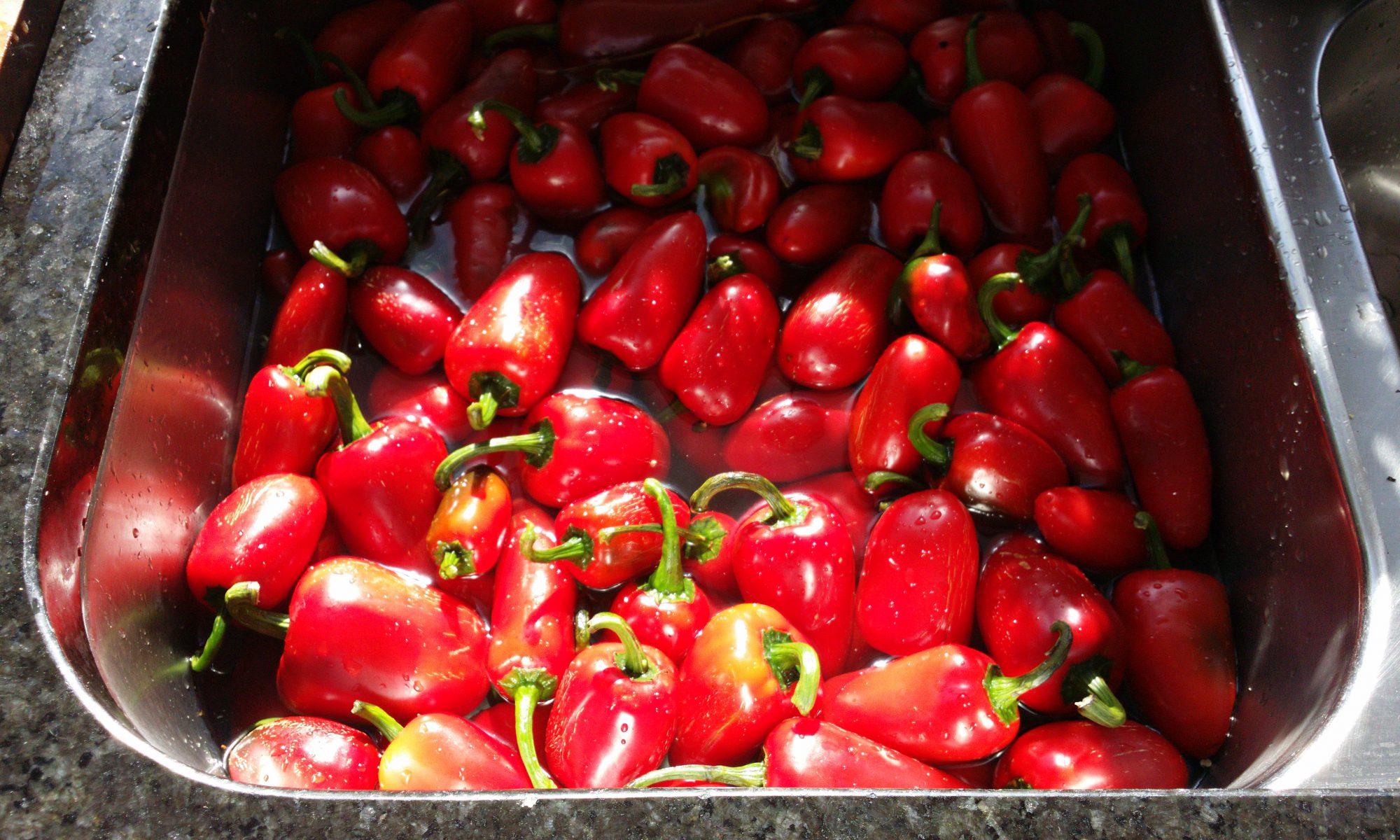Ah… fair Verona, such a lovely town. We arrived by train, after a vaporetto ride to the Venice Santa Lucia train station.
One highlight of the trip we had both been looking forward to was the opportunity to see Turandot, the magnificent opera by Puccini, performed at the Verona Arena. In preparation for the evening ahead, in the afternoon we went to the Maria Callas exhibition, which was truly extraordinary. Her costumes, posters, photographs, props, newspaper clippings and so on, all about her life and career at La Scala in Milan, and elsewhere, with an excellent audio guide which interspersed commentary with recordings of her performing opera arias. In the context of the tragic events in her life, hearing her voice and her incredible performances was exquisitely poignant and moving.
Puccini’s Turandot was amazing. It was a Zeffirelli production, so the sets and costumes were fantastic. The chorus we estimated to be at least 150 singers, which is far larger than typical New Zealand opera performances I’ve played in or been to. The sound of the full chorus at fortissimo was simply astonishing, and it also meant that the conductor, rather than giving the orchestra the hand in order to plead restraint, was instead egging the brass on, simply in order to be heard. The result was an absolutely thrilling, intense and unforgettable sound. Went for a pizza and a cheeky prosecco afterwards!
The next day, we went on a wine tour of the local Valpolicella region, organised with Pagus Tours. We visited three wineries in the region, the first was a fairly large producer, the second a smaller family business with a beautiful cellar door building, where we had lunch. The only other people on the tour was a couple Rob and Angela from Florida, who were excellent company.
There are four notable DOC and DOCG wines of the Valpolicella region, made from predominantly the corvina grape, but with varying amounts of corvinone, rondinella, molinara, and other local grape varieties.
Valpolicella (sometimes Valpolicella Rosso) is a DOC red wine made in a light style without oak, for day time summer drinking, rather like a rosé. There is also Valpolicella Classico, a historical denomination indicating just that it comes from one of five townships to the west of the region. Valpolicella Superiore is fermented for longer for a heavier style red wine, and aged in oak for at least a year.
The DOCG wine that has been made traditionally in the Valpolicella region since Roman times is Recioto, a sweet red wine. The grapes are harvested very late and dried on racks for up to three months in order to concentrate the juice and flavour. They will have lost nearly half their weight in water, and the juice is then fermented and cut short to produce a very sweet wine. Until the mid-20th Century, this was by far the predominant wine made in the region. We tried a couple of very good recioto wines, and they are very crisp and fruit driven, without the raisin or prune overtones of port.
In the 1970s a method of winemaking emerged called Ripasso, meaning “re-passed”. Now a DOC wine in itself, it is a Valpolicella wine with the pomace from a Recioto or Amarone added back in, for a second round of maceration and further fermentation. This produces a more robust, darker and beautifully complex wine, which must be aged in oak for a minimum of two years.
Finally, a wine called Amarone emerged in the mid 20th Century. Now a DOCG wine, a good story is that it resulted from barrels of recioto abandoned during World War Two that were left to fully ferment. Although this story may be somewhat fanciful, such wine having probably been produced in the past, modern Amarone began to be deliberately produced only since the 1950s. Amarone is a very strong, highly alcoholic, strongly oaked, full and complex wine, made from dried late harvest red grapes as per a Recioto. For the DOCG it must be aged for three years in oak, and many makers age it for longer still.
After lunch we visited the tour guide’s family business, Damoli, which makes a stunning 2006 “Checo” amarone. We were forced to buy six bottles to bring back in the luggage.
After all that hard work, and a nap at the hotel, we met up with Rob and Angela again at an excellent restaurant, Trattoria Tre Marchetti, for a four course degustation. It was entirely decadent and well-deserved; ham with an apricot and cherry marinaded in mustard and amarone, which gave them a horseradish kick. A porcini and black truffle fettucine, then braised veal cheek in jus, with buttered potatoes and a little pressed spoon of suviche zucchini and carrot. And a plate of miniature dessert pastries. With a great Superiore, a Zenato Ripasso, and finally a Recioto, which we dared to try with the red meat; it was surprising and fantastic. The wine was offered in an array of wineglasses including Murano glass, and one for the Ripasso that was seriously the size of my face. And as anyone who knows me knows, I have a big face.
The following day it was hot, and we felt a little tired and lazy, so we had pizza with soppressata, olives, capers and big white anchoves from a good outdoor pizzeria for lunch, and read our books for a while. We had a look around the fortress museum, lots of devotional art, frescoes and statues of the Virgin Mary.
At 5.30 we jumped on the train again. Next up, Bologna, less than an hour away, where we just had great fresh pasta with Bolognese ragù for dinner at a Chinese-run canteen for only €5, since almost nothing else was open. But that’s another story for another post!


























































You must be logged in to post a comment.